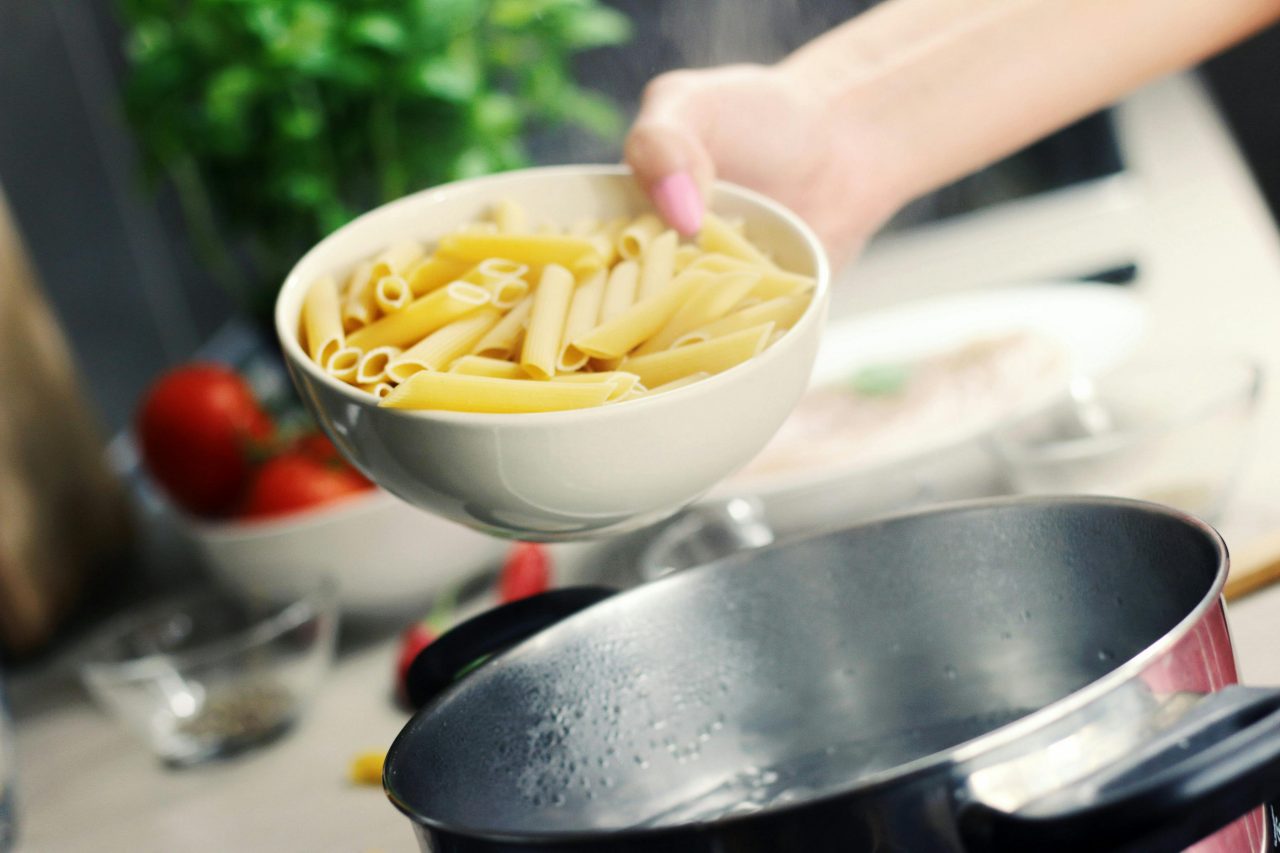Bread Cooking Tips

Basic Bread Recipe (for use with bread maker)
The main things to remember are:
- Measure ingredients accurately
- Place the ingredients in the order described in the recipe
- Fit the mixing blade carefully
- Fit the bread pan into the bread maker securely
Using a Bread Maker
- Place the water and oil in the bread pan.
- Add the baking mix and salt and carefully spoon the yeast into the centre of the mix.
- Place the bread pan into the bread maker and select the ‘rapid’ program (or one that take approx. 2.5 hours).
- Once the mixing blade has started to mix, use a plastic spatula to carefully incorporate any baking mix from the sides of the pan.
- When the program is complete, leave the bread to cool slightly before removing it from the bread pan.
Note: the mixing blade may stay in the loaf. Remove carefully as it could be hot.
Dispose of any unused yeast after bread making, as once the sachet is open it will stale very quickly.
Method
- 370ml cold water
- 15ml vegetable oil
- 400g Loprofin Baking Mix
- Pinch of salt
- 1 tsp dried yeast (from included sachet)
Ingredients
This recipe will fill a small to medium sized bread pan. For a larger loaf you will need to increase the recipe quantities by 50% so that the cooked loaf fills the pan.
Baking your own bread may seem complicated, but the troubleshooting tips and tricks below can help you rise to the occasion. You’ll be pulling perfect low protein loaves from the oven every time.
The dietary management for PKU varies for each person so all information presented here is for guidance only. Your own dietitian and/or doctor will advise you on all aspects relating to management of PKU for you and your family.





